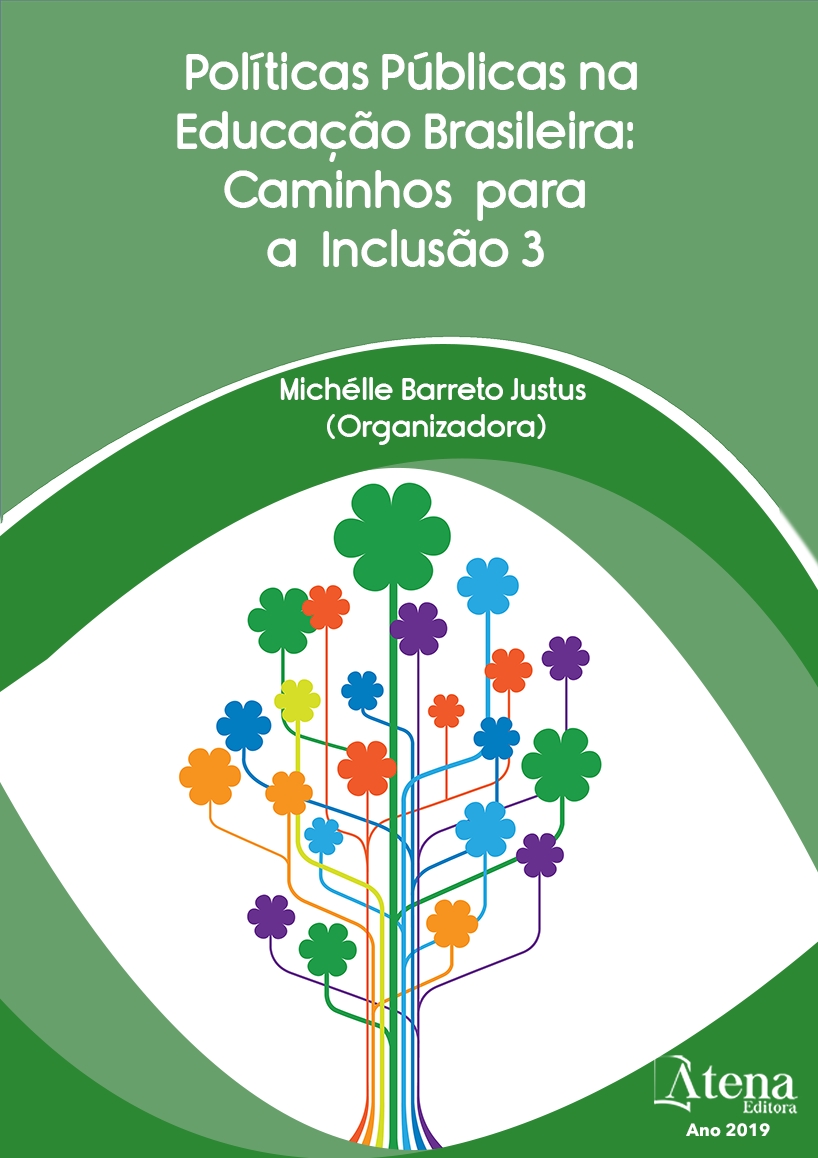
A Identidade da Mulher Surda: as relações de poder e as práticas sociais discursivas representadas através da literatura
O presente trabalho focaliza um
estudo junto a jovens surdas que utilizam a
literatura como materialidade artística discursiva,
analisado a partir da condição social destas
entre mundo sociais e culturais diferentes,
construindo intricados caminhos buscando o
artefato cultural visual, elas recorrem aos contos
e fábulas para produzir arte, sintetizar suas
emoções, suas histórias, suas subjetividades e
sua cultura na comunidade Parque União. Criam
a arte com a intenção de revelar ao mundo o
que elas pensam, divulgar as convicções da
comunidade surda legitimada pela língua de
sinais como sendo a língua natural dos surdos.
O presente estudo possui como objetivo
principal divulgar a cultura surda e retratar a
mulher interconectada a uma multiplicidade de
identidades. No referencial teórico elencamos
Skiliar (2011) e Strobel (2008). A metodologia do
presente estudo foi desenvolvida com 4 (quatro)
jovens surdas, com idades entre 12 a 17 anos,
todas alunas de Escola pública. O percurso
metodológico foi construído em três etapas:
leitura de textos usando a Língua Brasileira de
Sinais (Libras), produção textual e finalizando
com a dramatização. Os resultados observados
foram a transformação do espaço educacional
traçando caminhos para uma pedagogia surda
e o currículo surdo que contribui na formação
de identidades culturais positivas de pessoas
surdas. Concluímos que neste processo há
a constituição de uma mulher emergente que
requer reflexões sobre como se constitui os
saberes sobre a surdez na atualidade, como a
mulher surda se referi a si própria e como ela é
revelada, as coisas que são faladas sobre ela.
A Identidade da Mulher Surda: as relações de poder e as práticas sociais discursivas representadas através da literatura
-
DOI: 10.22533/at.ed.2531917105
-
Palavras-chave: Cultura Surda; Identidade; Literatura; Jovens; Artes.
-
Keywords: Deaf Culture; Identity; Literature; Young; Arts.
-
Abstract:
The present work focuses on a
study of deaf young people who use literature as
discursive artistic materiality, analyzed from the
social condition of these between different social
and cultural worlds, constructing intricate paths
seeking the visual cultural artifact, they resort
to tales and fables to produce art, to synthesize
their emotions, their histories, their subjectivities
and their culture in the Parque União community.
They create art with the intention of revealing to
Políticas Públicas na Educação Brasileira: Caminhos para a Inclusão 3 Capítulo 5 55
the world what they think, to divulge the convictions of the deaf community legitimized
by sign language as the natural language of the deaf. The main objective of this study is
to disseminate the deaf culture and portray the interconnected woman as a multiplicity
of identities. In the theoretical framework we mention Skilar (2011) and Strobel (2008).
The methodology of the present study was developed with 4 (four) deaf youth, aged
between 12 and 17 years, all students of Public School. The methodological course
was constructed in three stages: reading texts using the Brazilian Sign Language
(Pounds), textual production and ending with the dramatization. The results observed
were the transformation of the educational space, tracing the path to a deaf pedagogy
and the deaf curriculum that contributes to the formation of positive cultural identities of
deaf people. We conclude that in this process there is the constitution of an emergent
woman that requires reflections on how the knowledge about deafness is constituted
today, as the deaf woman referred to herself and how it is revealed, the things that are
spoken about her.
-
Número de páginas: 15
- Carla Georgia Travassos Teixeira Pinto


